
Life sciences writer Susan Milius has been writing about botany, zoology and ecology for Science News since the last millennium. She worked at diverse publications before breaking into science writing and editing. After stints on the staffs of The Scientist, Science, International Wildlife and United Press International, she joined Science News. Three of Susan's articles have been selected to appear in editions of The Best American Science Writing.

Trustworthy journalism comes at a price.
Scientists and journalists share a core belief in questioning, observing and verifying to reach the truth. Science News reports on crucial research and discovery across science disciplines. We need your financial support to make it happen – every contribution makes a difference.
All Stories by Susan Milius
-
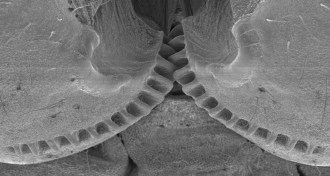 Animals
AnimalsYoung insect legs have real meshing gears
Tiny teeth on hiplike structures keep legs in sync, allowing juvenile planthoppers to jump.
-
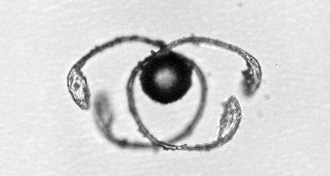 Microbes
MicrobesHorsetail spores don’t need legs to jump
Forget legs. A plant uses curly, humidity-controlled ribbons to make epic leaps.
-
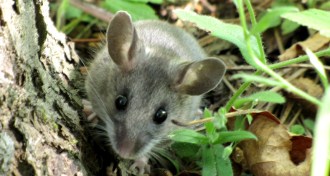 Animals
AnimalsAvoiding feces may be ‘luxury’ wild mice can’t afford
For a mouse in the woods, finding any food at all may trump poopy locations.
-
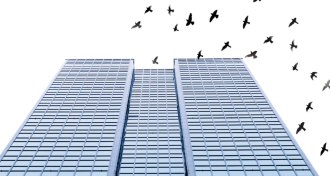 Animals
AnimalsCollision Course
The tales of two ornithologists trying to prevent birds colliding with windows highlight the obstacles facing applied biology.
-
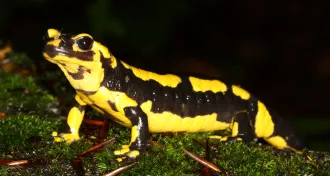 Animals
AnimalsNew fungus species found killing salamanders
First there was amphibian killer fungus Bd. Now there's Bs.
-
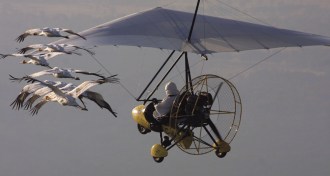 Animals
AnimalsTraveling with elders helps whooping cranes fly straight
Rare data show birds get more efficient the more they migrate along route between Wisconsin and Florida.
-
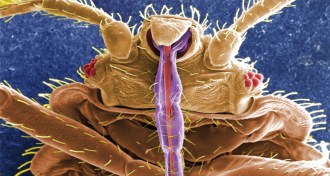 Microbes
MicrobesLet the bedbugs bite
Harold Harlan has been feeding bedbugs, intentionally, on his own blood since 1973. He keeps pint or quart jars in his home containing at least 4,000 bugs.
-
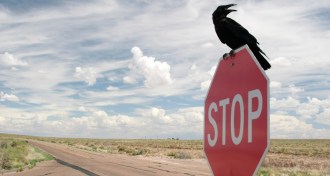 Animals
AnimalsBirds know road speed limits
Crows, house sparrows and other species judge when to flee the asphalt by average traffic rates rather than an oncoming car's speed.
-
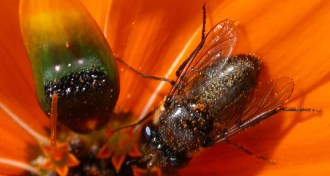 Plants
PlantsDastardly daisies
This flower isn’t just any old sex cheat. It can be sexually deceptive three ways and in 3-D.
-
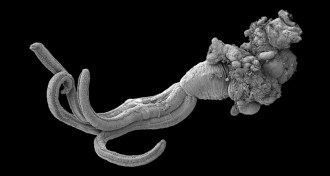 Animals
AnimalsAntarctic waters may shelter wrecks from shipworms
Ocean currents and polar front form 'moat' that keeps destructive mollusks at bay.
-
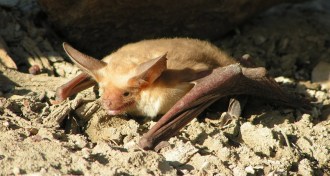 Animals
AnimalsNoise may disrupt a bat’s dinner
Mechanical cacophony can drown out the whispers of moving insect prey.
-
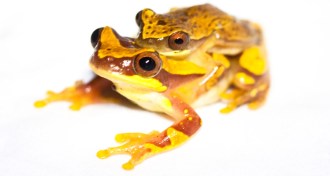 Animals
AnimalsClimate change may bring dramatic behavior shifts
Shifting temperatures and rainfall are expected to alter animal lifestyles from the poles to the tropics.